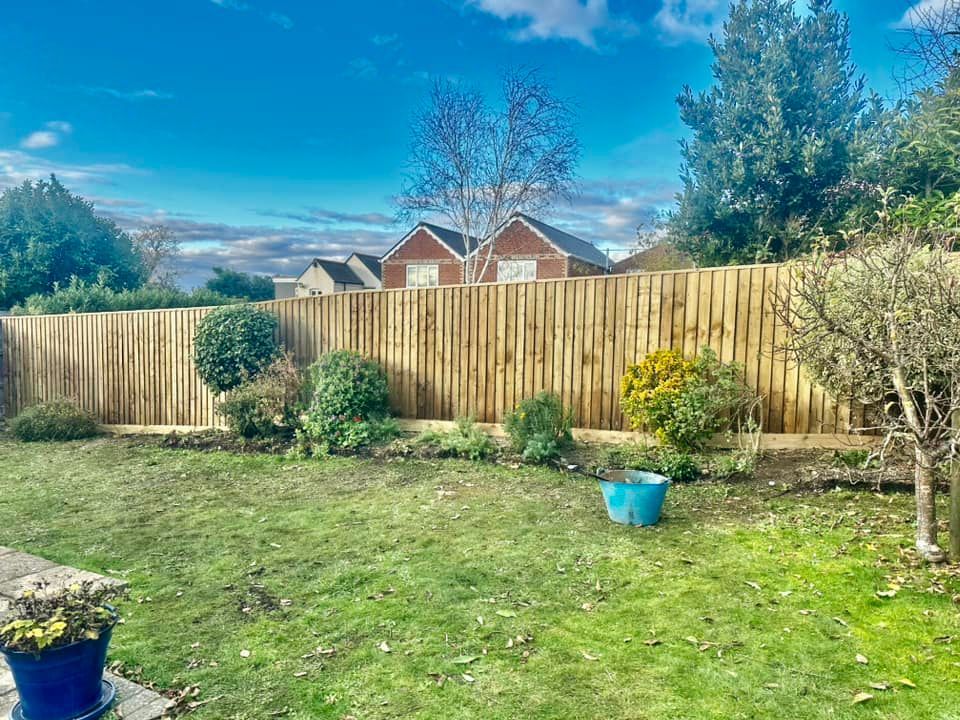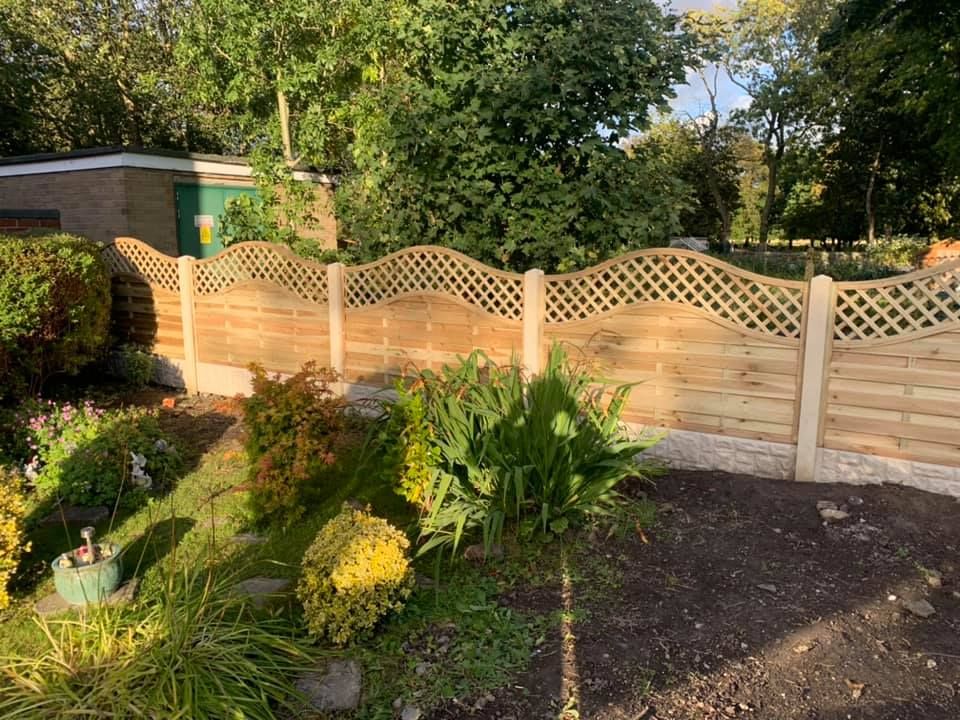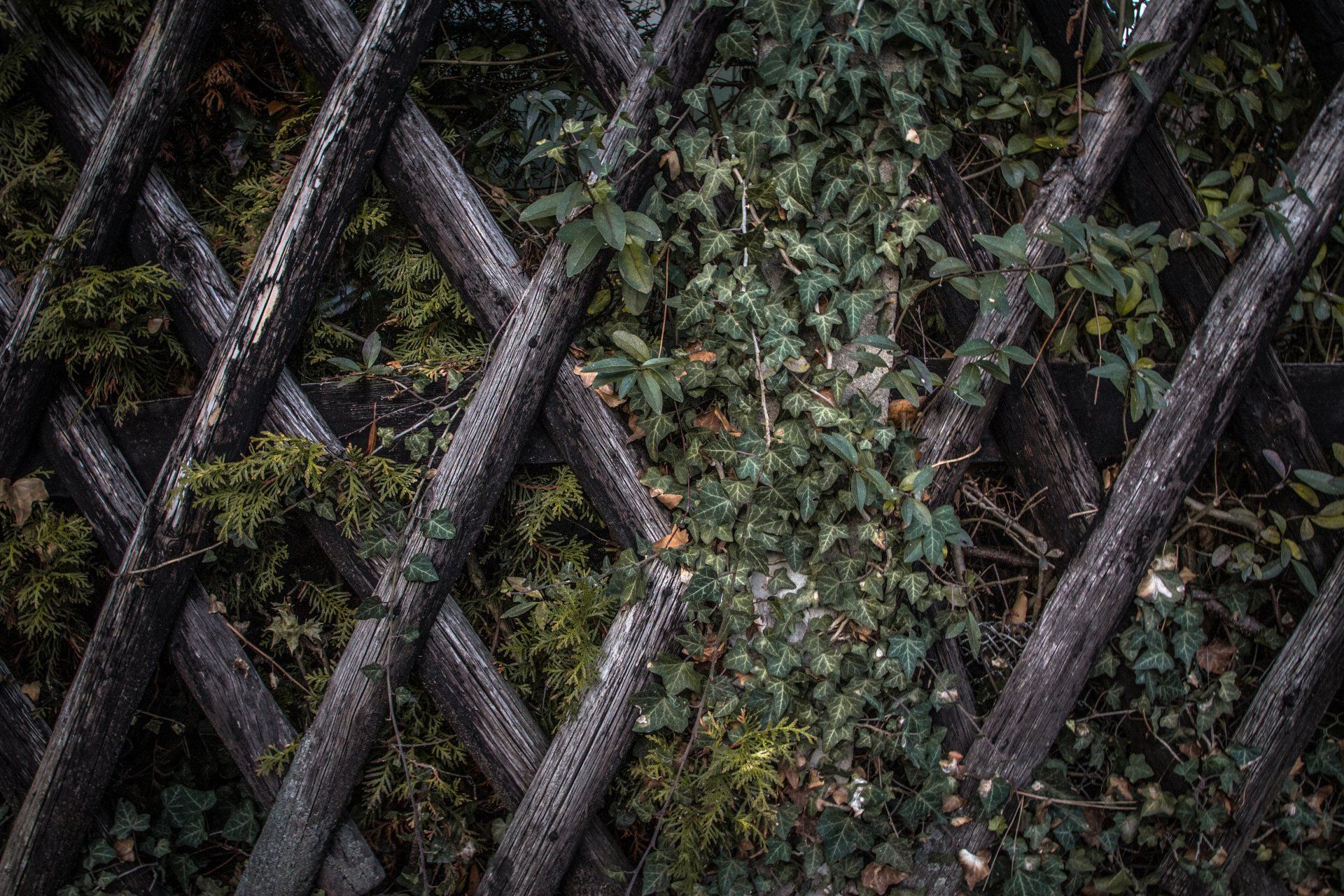How To Tell Which Side Of The Fence Is Yours
Determining Fence Ownership In The UK
To identify which fence you own, consult your property’s title plans. These documents, especially in newer properties, often feature a 'T' symbol marking ownership on one or both sides of the boundary. If the 'T' is on your side, you're responsible for maintaining that fence. If it forms an elongated 'H' mark, ownership and maintenance are typically shared with your neighbour.
If you lack these plans, you can request them from the
Land Registry or refer to the seller’s property information form you received during purchase.
Can Fence Ownership Be Assumed From Appearance?
There’s a common myth that the left-side fence belongs to the property owner. In reality, fence post positions often indicate ownership. Typically,
fence posts stand on the owner’s land, offering a practical clue to ownership.
UK Laws on Neighbouring Fences
According to Gov.uk, neighbours can
establish informal agreements on property boundaries, though these cannot transfer property ownership. Seek legal advice before formalising such agreements.
Common Fence-Related Issues
Disputes often arise when
fence repairs or damage responsibility is unclear. Issues include disagreements over repair costs or neglected fences affecting property aesthetics.
Resolving Unclear Boundary Lines
If boundary ownership remains unclear, neighbours can agree on shared maintenance responsibilities through legal advice or a formal boundary agreement registered with both properties' title deeds.
Responsibility for Fence Damage
Repair responsibility depends on documented ownership. Damage caused by neighbours is their responsibility, while joint owners should share repair costs.
Home Insurance Coverage for Fences
Standard home insurance policies typically cover outdoor structures like fences against damage from fire or vandalism. Check your policy for coverage specifics.
Obligations for Fence Maintenance
Legally, neighbours aren’t obliged to repair their fences unless they pose a hazard by falling onto your property.
Options When Neighbours Refuse Fence Repair
If neighbours refuse fence repairs, consider erecting your fence inside your property boundary to maintain aesthetics and privacy.
Responsibility for Rental Property Fences
Landlords must maintain safe and habitable rental properties, including fences. Tenants are generally responsible for damages they cause.
Resolving Boundary Disputes
If disagreements persist, contact your local council or HM Land Registry for assistance.
The Royal Institution of Chartered Surveyors offers mediation services for boundary disputes.
Legal Requirement for Boundary Fences
There’s no legal obligation to have a boundary fence between properties.
Maximum Height of Fences
Back garden fences can typically reach up to two metres in height, while front garden or driveway fences are limited to one metre or three feet. Check with your local planning office for precise height regulations in your area.
For advice on your boundary or garden
fencing Bristol customers are invited to call and have a chat with us today on
0117 3257432.



